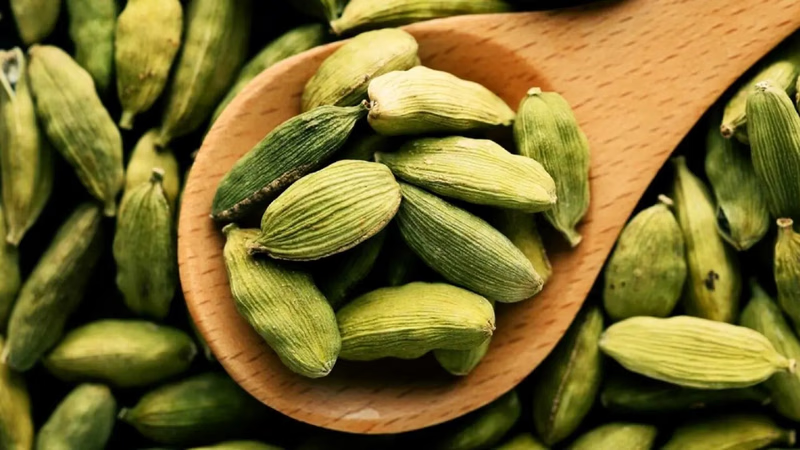
Cardamom: A key spice in Middle East trade markets.
Cardamom is one of the famous and precious spices in the world and it is obtained from plant seeds that are used as a dry product. Cardamom belongs to the ginger family (Zingiberaceae) and the genus Elettaria. Cardamom seeds are obtained from evergreen and herbaceous plants. The two main species of cardamom are Elettaria cardamomum (green cardamom) and Amomum subulatum (black cardamom). Cardamom mainly grows in the southwestern regions of India and Sri Lanka. But today it is cultivated and produced in other regions of the world, including Thailand, Vietnam, Guatemala, Colombia and Honduras. Cardamom is a very popular spice in cooking. It is used to add flavor to foods, sweets, bread, desserts, drinks and all kinds of sauces. Also, cardamom is used in the preparation of teas and spirits. Cardamom is also valuable in terms of traditional medicine. It is believed that cardamom has anti-inflammatory, anti-spasmodic, antimicrobial, anti-depressant and digestive properties. It is also attributed with antioxidant properties. Cardamom is available in the form of green seeds, dry seeds and cardamom powder in the markets. Green seeds have a milder flavor, while dried seeds are more earthy and peppery.
The best way to store cardamom is to store it in green seeds. If dry seeds are used, they should be checked regularly and prevented from decomposition. Cardamom gives the best results in the refrigerator or in a cool and dry environment. Black cardamom is a type of cardamom that is originally obtained from the seeds of the Amomum subulatum plant. This type of cardamom has a stronger and more bitter taste and is mostly used in Indian cooking and East Asian cooking. Cardamom is mainly cultivated in the southwestern regions of India and Sri Lanka. These regions are known as the main producers of cardamom in the world market. But cardamom production also takes place in countries such as Thailand, Vietnam, Guatemala, Colombia and Honduras. The countries that produce cardamom are the main destinations for the export of this spice to world markets. Cardamom is exported in bulk or packaged to different countries. Also, the amount of cardamom export in these countries may vary and depends on factors such as environmental conditions, demand and supply, price and trade policies.
Cardamom is consumed all over the world and is widely used in various cuisines including Indian, Moroccan, Middle Eastern and Asian cuisines. In addition to cooking, cardamom is also used in the beverage industry, confectionery, perfume and cologne production, health products and pharmaceuticals. Cardamom is one of the most expensive spices in the market and its price depends on factors such as quality, type (green or dry) and production region. Black cardamom is often more expensive than green cardamom. Demand and supply can also have a big impact on the price of cardamom. Cardamom trade is very active in the global spice market and the export and import of this spice is done through companies and spice traders. Cardamom trade may take place directly between producers and customers or through spice exchanges, trade organizations and intermediary companies. In the cardamom business, quality control is very important. Companies and traders try to choose high quality cardamom and supply it to their customers. This includes checking appearance, smell, taste, moisture and other quality parameters.
The production and price of cardamom are also affected by geographical factors. Climate, soil and water conditions in production areas affect the improvement of plant performance and quality of cardamom. Cardamom business has grown significantly in recent years. Increasing people's awareness about the medicinal properties and taste of cardamom, its widespread use in global cooking, the need for natural products and organic spices, as well as the growth of related industries such as the food and beverage industry, the perfume and cologne market, and the health and pharmaceutical industry help the growth of cardamom business. has done. Do your research on the cardamom market before you start trading. Check the knowledge of cardamom producers, suppliers and traders, legal restrictions and import and export regulations, prices and types of cardamoms demanded in the market. Connect with cardamom growers in production areas. This can be done through export companies, cooperative unions, trade representatives and other business networks. Establishing a direct and reliable relationship with producers can assure you of quality and timely supply of cardamom.
After selecting manufacturers and suppliers, negotiate business contracts. In these contracts, determine the terms of the contract, including price, volume, quality, payment terms, and shipping terms. There are different ways to transport cardamom. You can use sea, air or land. Keep in mind that cardamom must be transported in proper conditions to maintain its quality. Establish payment terms with your manufacturers and suppliers. These terms may include cash, credit, installment payment patterns, or other financial balances. Agree on how to make the payment when you receive the cardamom. After receiving the cardamom, you need to store it in your warehouse and distribute it to your customers. This includes inventory management, keeping cardamom in good condition and distribution to customers. To sell cardamom in bulk, it is better to apply proper marketing strategy. Promote and sell through the Internet, trade shows, e-commerce or direct contact with your target customers. Provide your customers with proper after-sales service. This includes fixing bugs, answering customer questions and needs, appreciating customer feedback, and resolving any disputes.
-

Cumin trade plays a significant role in the global spice market, with major producers including India, Nigeria, Bangladesh, China, and Thailand. India stands out as the largest exporter, while the United States, Germany, Canada, and Middle Eastern countries are key importers. The competitive landscape of cumin trade involves various marketing strategies such as advertising and quality improvement. Technological advancements in production and packaging are also influencing market dynamics. Cumin is not only valued for its culinary uses but also for its medicinal properties, making it popular in food and cosmetic industries. Its demand is driven by its flavoring capabilities and health benefits. Factors affecting cumin trade include weather conditions, pest issues, trade regulations, and global supply-demand fluctuations. Prices are subject to change based on these variables and seasonal harvests. For detailed insights into current trends and statistics in cumin trade, specialized sources like the WTO or WHO can be consulted.
-
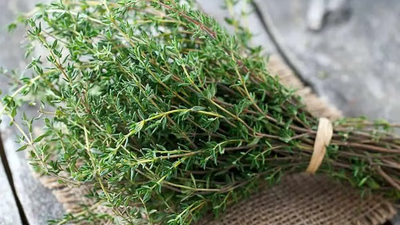
Thyme is a versatile spice with significant export potential, widely used in cooking and health products. Its antibacterial properties enhance food safety, making it valuable in the food industry. Exporting thyme requires understanding local and international regulations, identifying target markets, and establishing relationships with buyers. Key producing countries include Türkiye, China, India, and Iran, while major consumer markets are in America, Germany, France, and India. Successful thyme export involves proper product preparation, packaging for international shipping, and compliance with phytosanitary regulations. Engaging legal and financial advisors can facilitate navigating the complexities of international trade.
-
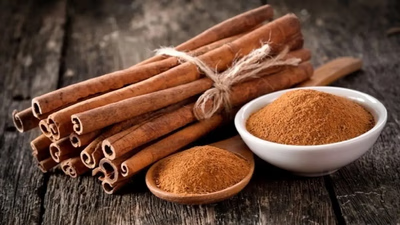
Cinnamon, a globally popular spice, is derived from the inner bark of cinnamon trees and is extensively used in various culinary applications. Major producers include Sri Lanka, China, Vietnam, Indonesia, and Madagascar, with global production estimated at 30-35 thousand tons annually. Key exporters are Indonesia, China, Vietnam, and Sri Lanka, primarily shipping to Europe (Netherlands, Germany, UK), North America (USA), and the Middle East (Saudi Arabia, UAE). Market dynamics such as quality standards, pricing, demand variations, and health regulations significantly influence cinnamon trade. Compliance with international trade laws—including customs tariffs and sanitary regulations—is crucial for successful export operations. Quality assurance standards like ISO 9001 and HACCP are essential for meeting market requirements. Additionally, sustainable practices in resource management are increasingly important in the cinnamon industry. The spice is valued not only for its flavor but also for its medicinal properties; it has antiseptic qualities and contains anti-inflammatory compounds beneficial for health.
Entering the cinnamon market requires thorough research on suppliers and target markets to establish reliable business relationships. Businesses must decide between wholesale or retail operations while ensuring high-quality products with appealing packaging. Effective marketing strategies through online platforms and trade events can enhance visibility in a competitive landscape. Continuous monitoring of market performance is vital for adapting to consumer preferences and competition.
-

Cardamom, a highly valued spice from the ginger family, is primarily cultivated in India and Sri Lanka, with significant production in Thailand, Vietnam, and Guatemala. It is used extensively in cooking and beverages, known for its flavor and medicinal properties. The spice market sees active trade of cardamom, which can be exported in bulk or packaged. Factors influencing its price include quality, type (green or black), and geographical conditions affecting production. The demand for cardamom has surged due to its culinary versatility and health benefits. Quality control is crucial in the cardamom trade; traders must ensure high standards through careful selection based on appearance, aroma, and moisture content. Establishing reliable relationships with producers is essential for consistent supply. Effective marketing strategies are necessary for selling cardamom, utilizing online platforms and trade shows to reach customers. Proper storage and distribution practices are vital to maintain quality post-purchase.
-
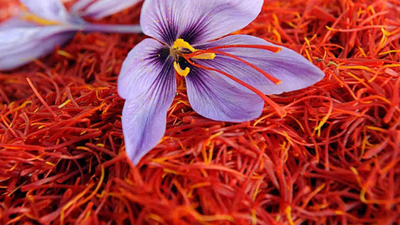
Saffron, derived from the saffron flower, is one of the world"s most expensive spices, renowned for its flavor, color, and aroma. It boasts antioxidant and anti-inflammatory properties and is primarily produced in Iran, followed by Spain, India, and other countries. The spice"s international trade is influenced by quality standards such as ISO 3632 and market demand. Countries with lower saffron production often rely on imports to meet consumption needs. Understanding market dynamics, including competitors and regulations, is crucial for successful saffron exportation. Conducting thorough research on target markets helps identify opportunities and challenges. Engaging with local experts and attending industry trade fairs can enhance market insights and networking opportunities. Proper packaging and documentation are essential for customer satisfaction and compliance with export requirements. Establishing business relationships in target countries can facilitate distribution networks while diverse marketing strategies can boost visibility.
-
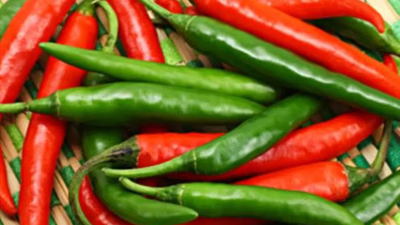
Pepper is a crucial spice in global trade, with production concentrated in countries like India, Vietnam, and Brazil. The annual global output ranges from 4-5 million tons, primarily exported to North America, Europe, Asia, and the Persian Gulf. The trade dynamics are influenced by various factors including quality standards, market demand, and consumer perceptions. Different types of pepper—black, white, red—each have unique properties and uses in the food industry. Quality assurance is vital; pepper must meet international standards for purity and packaging to ensure longevity during transport. Establishing strong relationships with producers and traders is essential for success in this competitive market. Innovations in cultivation and processing can enhance product value. Effective marketing strategies such as brand building and market analysis are necessary to navigate pricing and demand fluctuations.
Compliance with export regulations is critical to avoid legal issues. Understanding the specific needs of target markets will facilitate better trading outcomes.
-
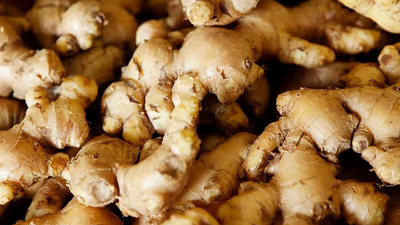
Ginger holds a significant position in the global spice trade, with major producers including India, Nigeria, China, and Thailand. The market for ginger has expanded due to its flavoring and health benefits, leading to increased demand across various industries such as food and beverages. As a versatile spice, ginger is utilized in baking, confectionery, and nutritional supplements. The growth of the ginger market is attributed to rising consumer awareness of its health properties and improved international trade infrastructure. However, challenges such as climate change impacts on productivity and trade regulations can affect supply chains. India stands out as the largest exporter of ginger globally, while other countries like Thailand and Brazil also contribute significantly to exports. The price of ginger fluctuates based on supply-demand dynamics, weather conditions, and economic factors. Additionally, specific regulations govern the export-import process of ginger, including quality standards related to moisture levels and packaging requirements. Understanding these factors is crucial for businesses engaged in the ginger trade.







